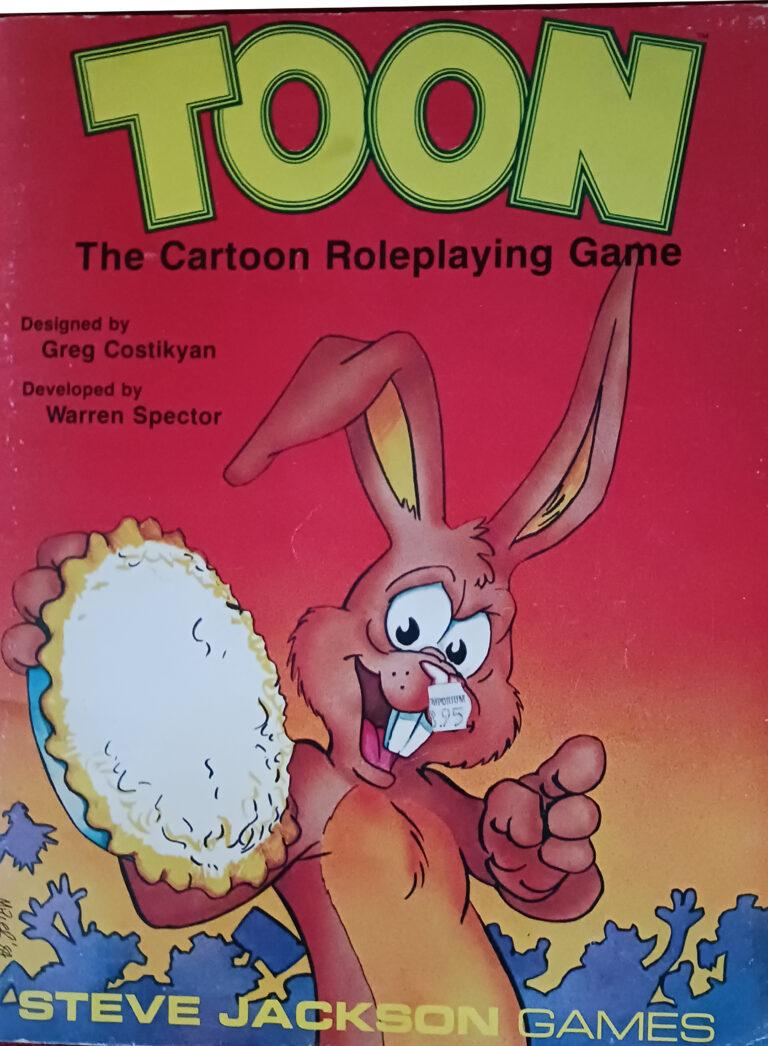by Gamer Mom Luna
Streaming and podcasting is a fun way to share your TTRPG adventures with the wider world, and meet some new people along the way. But there’s a lot more involved than just turning on the camera and rolling the dice. There are some important decisions and considerations to take into account to do this well.
We’ll have several posts in the coming weeks about various things to consider when streaming or podcasting your TTRPG content. For today, let’s start with a big one:
Audio, audio, audio
Most people won’t listen to a podcast if you can’t hear what anyone is saying. Makes sense, right? The same is true for a Twitch stream or YouTube video. Many people will listen to your stream like they would to a podcast, unless there’s a really riveting reason for them to actually watch the screen. Make sure your audio equipment is up to the task. Ask what other streamers and podcasters are using. Listen to lots of content and see what sounds good and what doesn’t.
A good place to start is the Blue Yeti or the Hyperx Quadcast X – both are fairly affordable, coming in between $130-$160 USD. Both are USB hookups, so they won’t require any additional equipment to get started. Headsets can be okay options too, but keep in mind that the microphone can get too close to your mouth and create a “popping” sound when you say some words (Imagine the sound of a helicopter pilot in the movies, for example). Investing the money upfront is a solid way to ensure you’re starting off on strong footing.
Another decision that will affect your audio is whether you’re playing in-person at a physical table, or if you’re playing virtually. If you’re playing in person, it can be easy to think you only need one microphone for a table, but if you’re in a room that has any kind of echo, one mic won’t be nearly enough. It would be much better to have a separate mic for each 1-2 players in order to capture their voices better and not feel like they have to shout. Also, consider using hand signals with your table in order to avoid constantly talking over each other. If you’re going the podcasting route, too, don’t be afraid of silence at the table – there’s a “truncate silence” feature on most audio editors that will take that right out with one push of a button!
One last audio thing many people have mentioned they wish they knew before starting was to not use their first session for their audio test. Play something else. Record a one shot. Play Monopoly in character just so you have an idea of what everyone will sound like on recording and work the kinks out ahead of time before you start publishing your content. People will base their judgments about your content within the first three to five episodes, so don’t give them a reason to stop listening.





